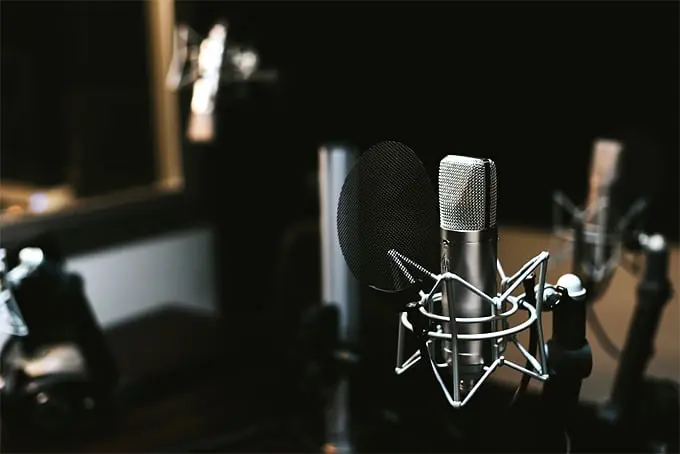Best Tech of 2016 – We look at the best to emerge – words Alexa Wang
2016 will never be remembered as the most positive of years. We lost numerous cherished celebrities, not to mention Brexit and the shocking outcome of the presidential elections in the US. But where the year positively soared was in the field of technology.
2016 saw the rise and implementation of a number of crucial and revolutionary technologies that will pave the way for development and research in 2017. From Snapchat Spectacles, the further utilization of big data, the rise of chatbots and other AI, and the profusion of VR technology such as Oculus and the HTC Vive, below we’ll look at some of the best tech of 2016 that really made an impact.
Snapchat Spectacles
Google first tried to make the Glass happen, and when that was a spectacular failure, Snapchat stepped up and filled its place admirably. Only instead of an augmented reality headset, Snapchat slimmed down and simplified the design into a pair of stylish sunglasses that records short snatches of video footage. The true genius lies in their distribution: not in a store but through a Snapbot vending machine. Of course the Spectacles aren’t going to change the world in any fundamental way, but they’re fun, quirky and allow us to share small moments of our lives with others from a unique point of view.
HTC Vive
Virtual reality has been around for decades, but it wasn’t until, after years of tweaking and manipulating both software and hardware, that it became viable as a consumer product. But last year it became just that, with HTC launching the Vive just after the Oculus Rift. It’s undoubtedly the superior system, providing a much more natural and intuitive way to connect with the VR world (the Rift having used an Xbox controller before the Touch launched in December). This has unlocked an entirely new platform on which to game, design and build, and 2017 will see it progressing even further.
Amazon Echo
While technically released in 2015 in the US, the Echo only graced the shores of the UK and mainland Europe in 2016. That being said, it’s been changing the lives of home owners ever since. The device connects to Alexa, Amazon’s intelligent personal assistant, and is activated by a number of voice prompts from the owner. It’s capable of playing music, making lists, setting alarms, streaming audio (including audiobooks and podcasts), as well as providing real time updates about things such as traffic and the weather. On top of that, it’s can control other smart devices. While it might sound a bit like HAL, it’s a lot more benign, and will definitely shape the way in which we interact with our homes in the coming year.







